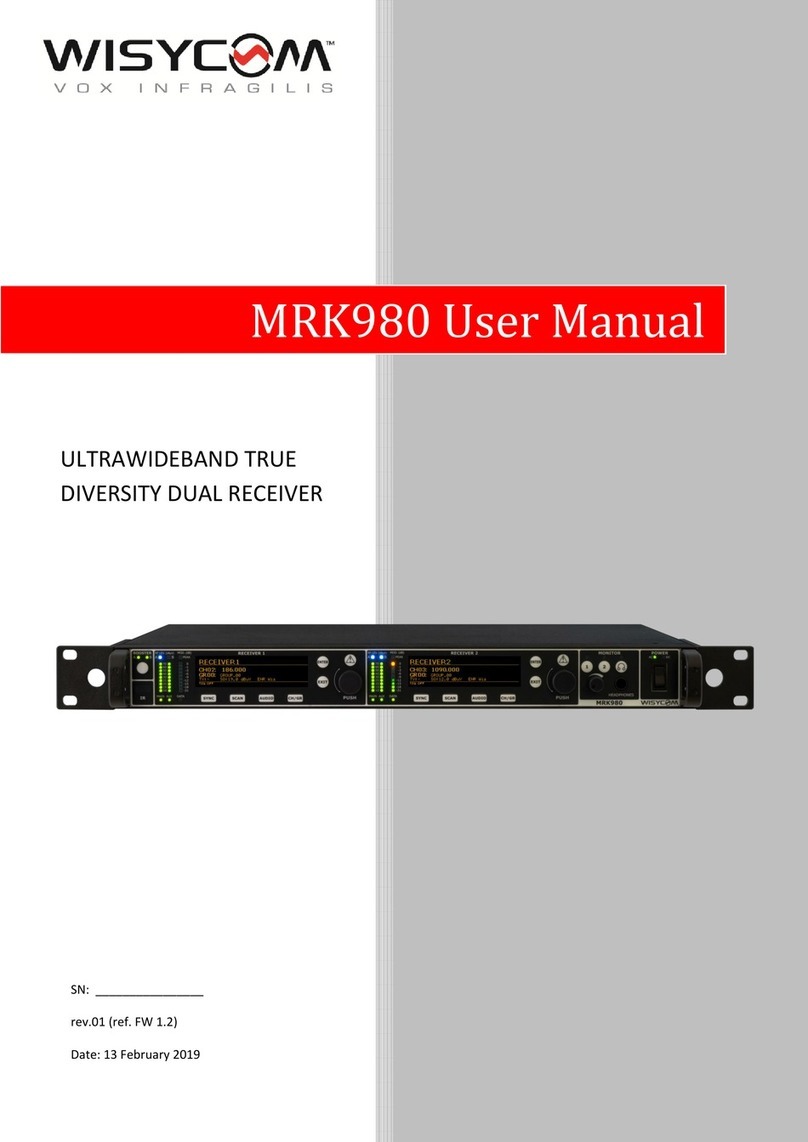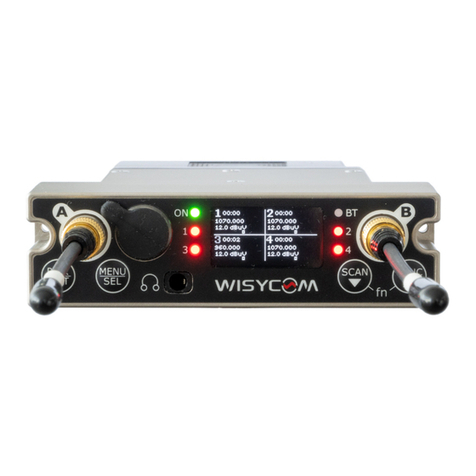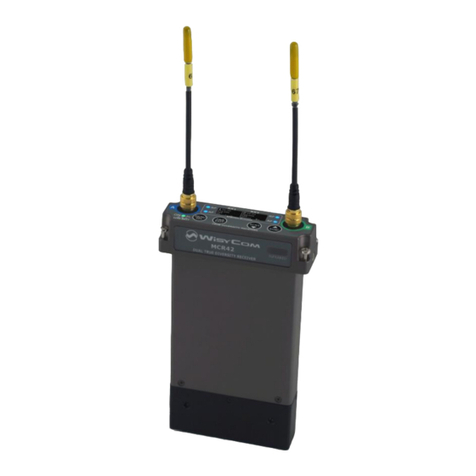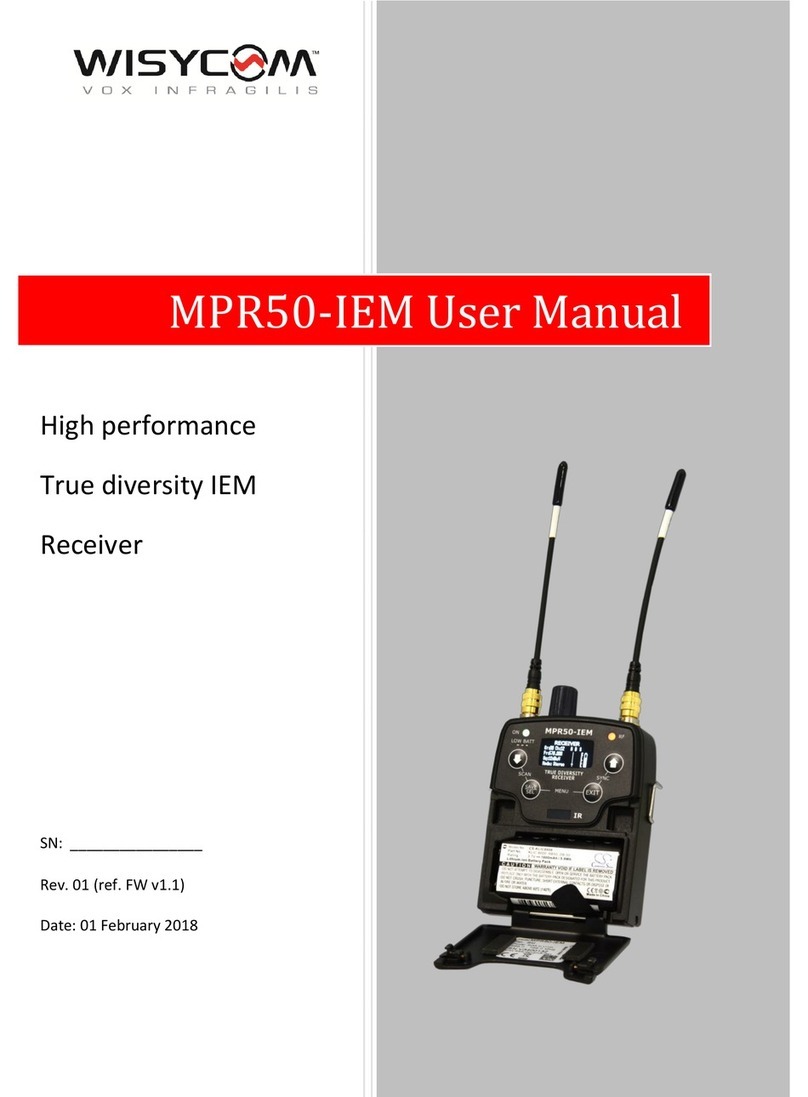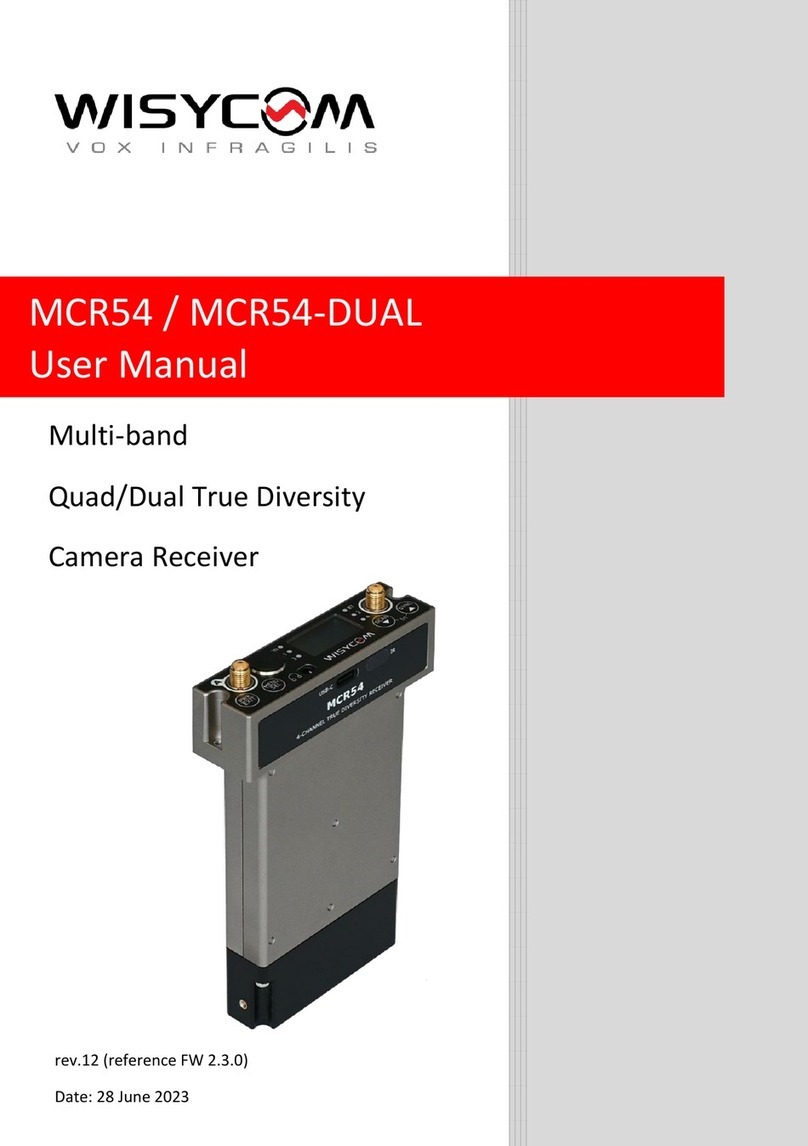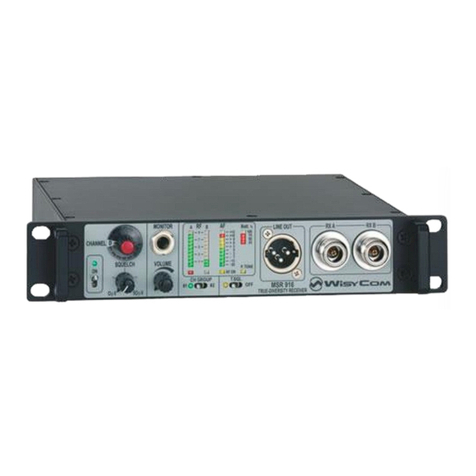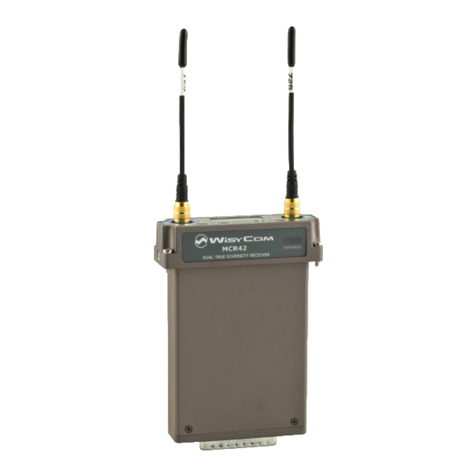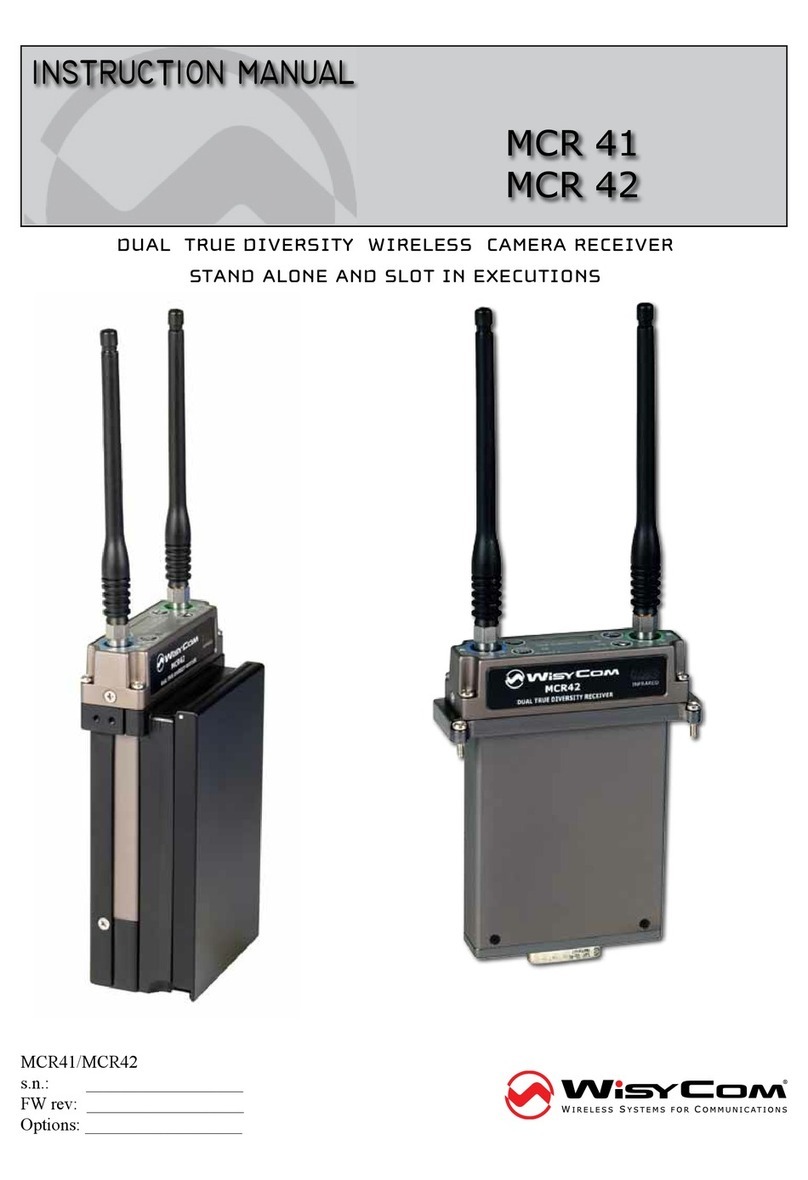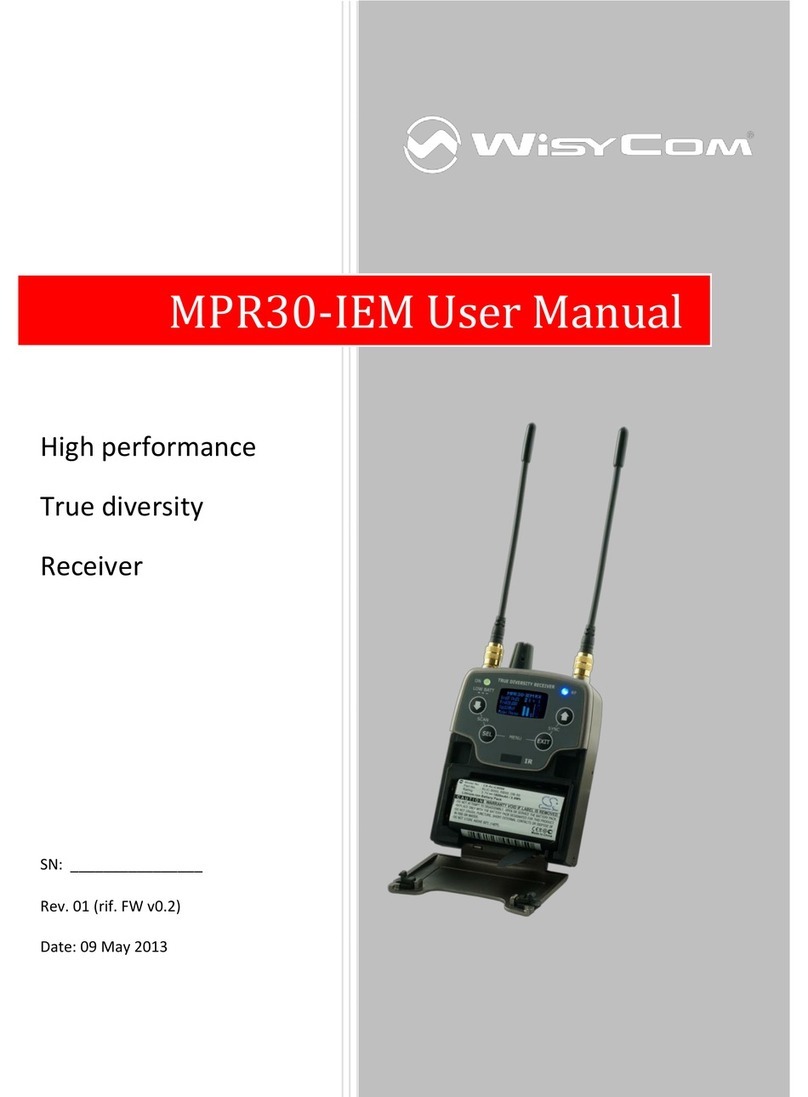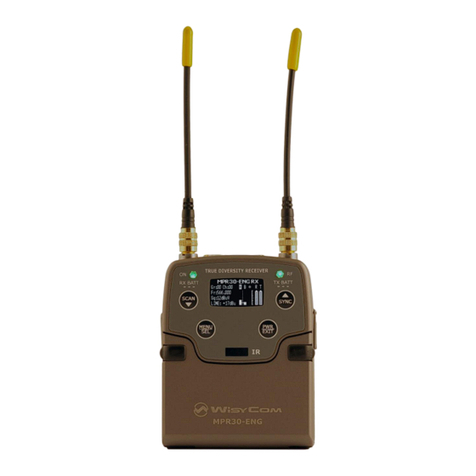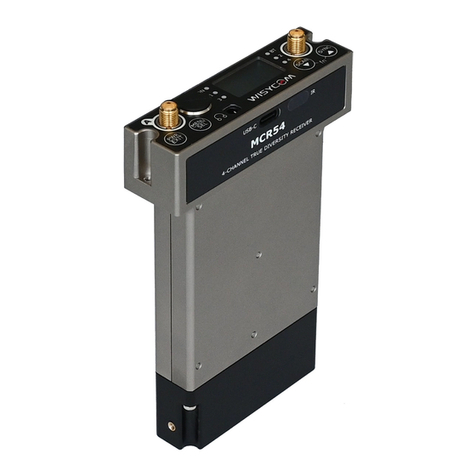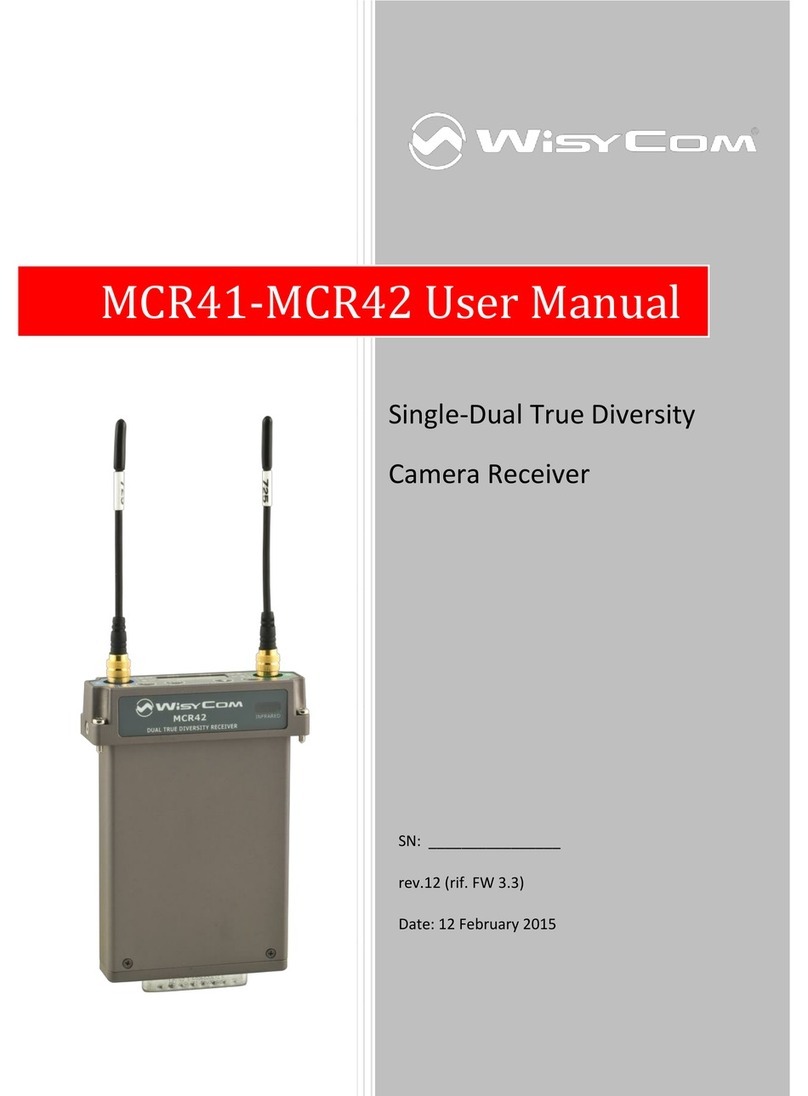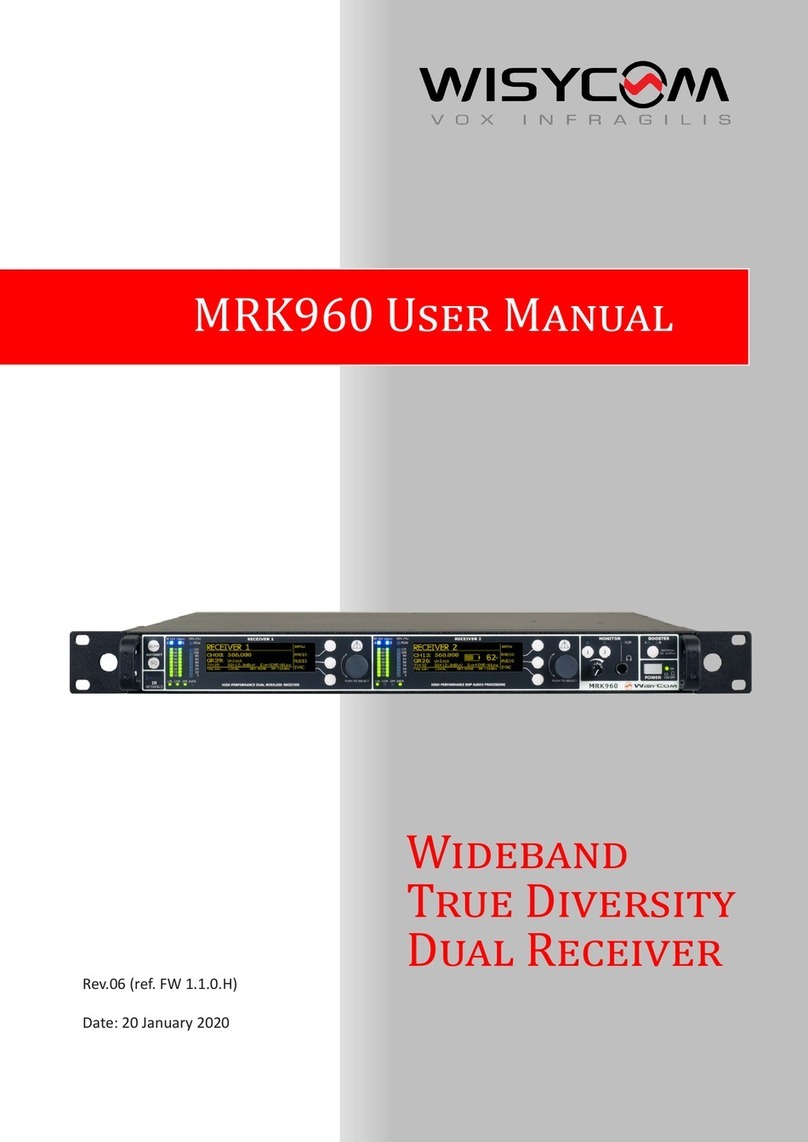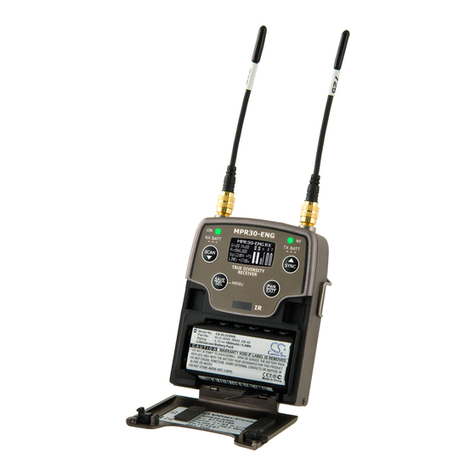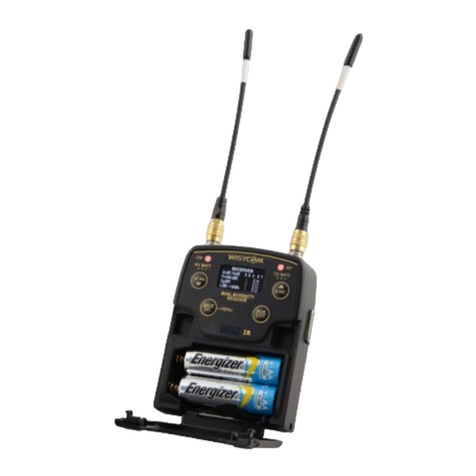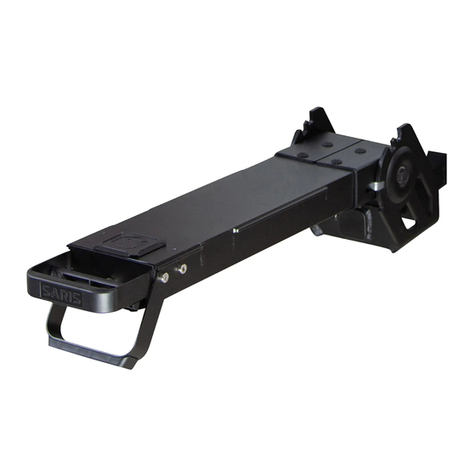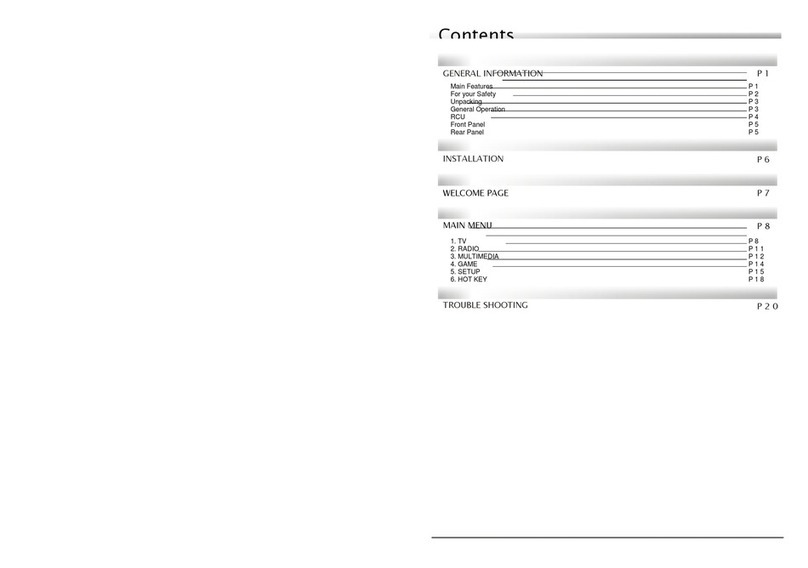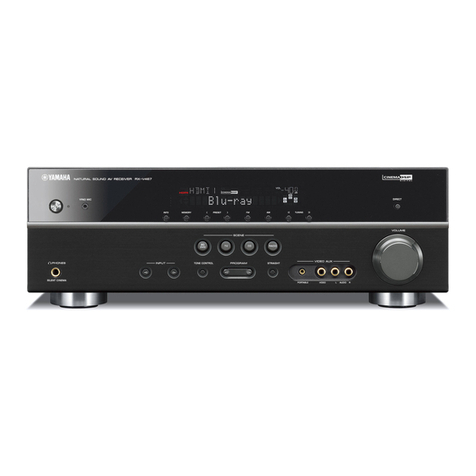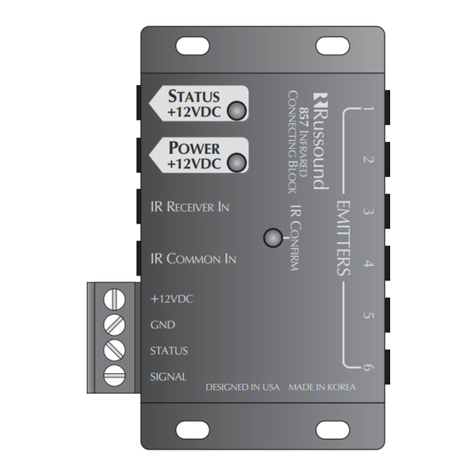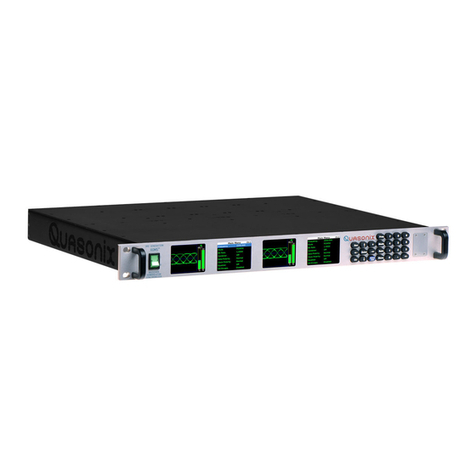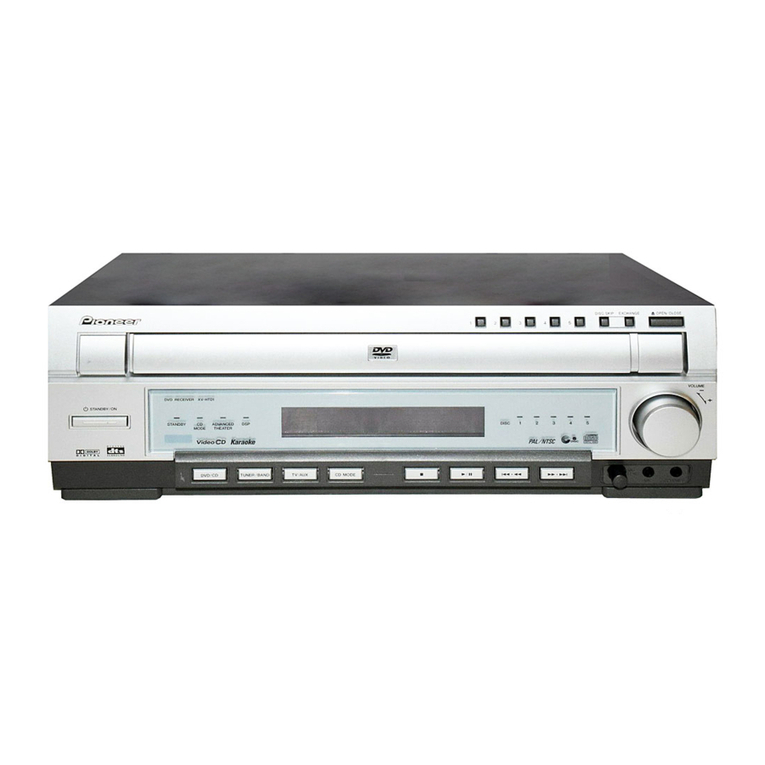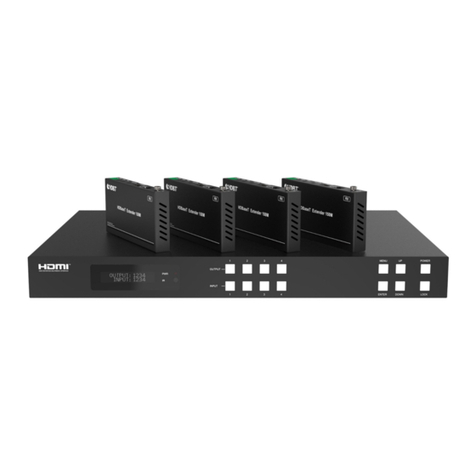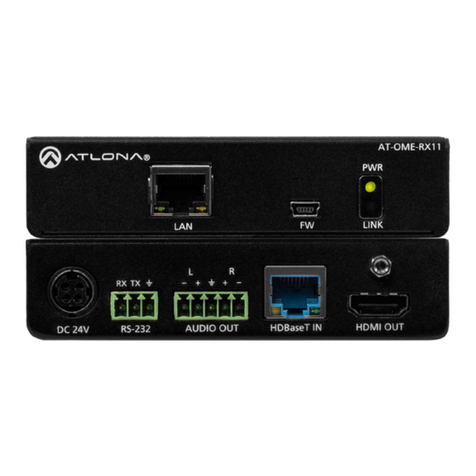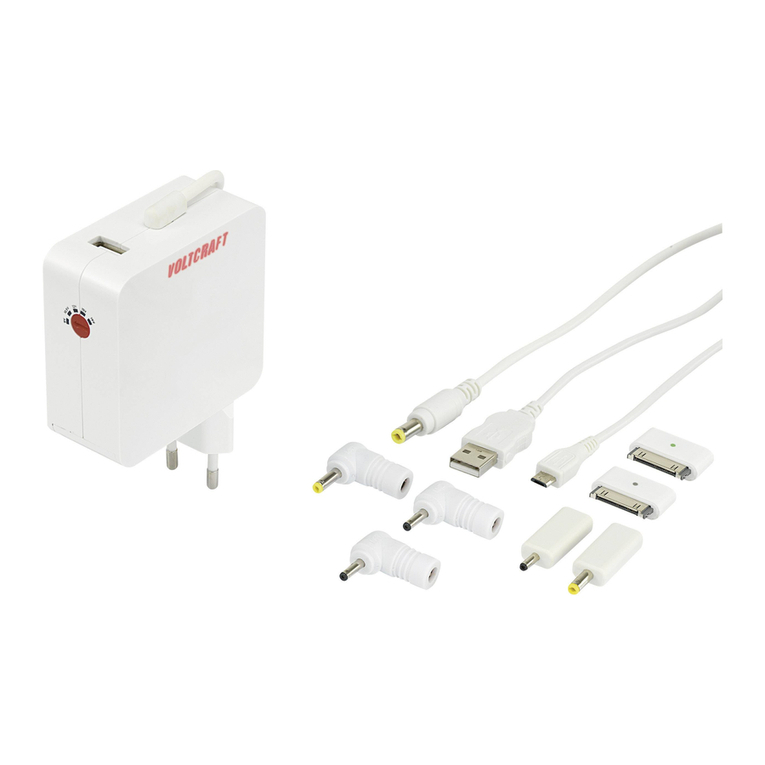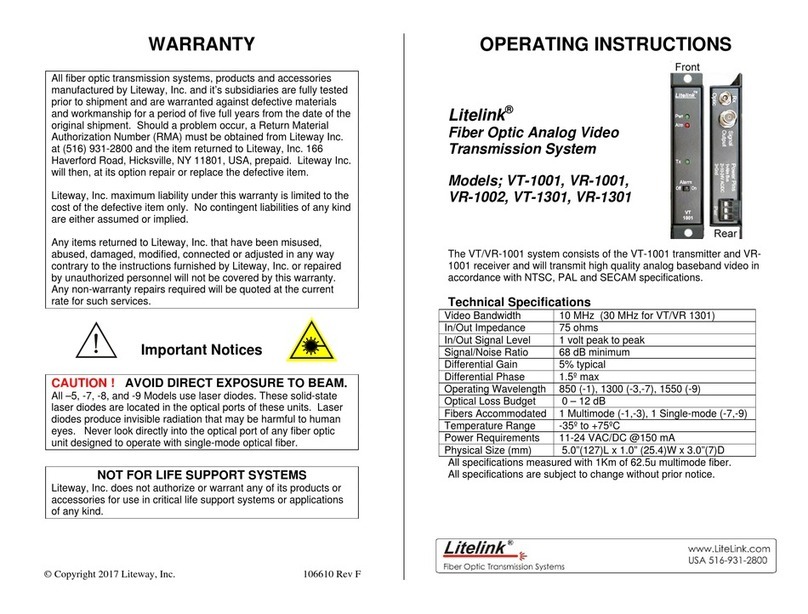Each receiver has its own demodulated signal and its own RSSI signal (Received
Signal Strength Indication); a microcontroller selects or combines signals from
section A & B to have the best audio. The demodulated signal is then sent to the
digital audio processor.
The data subcarrier is digitally filtered with a highly selective filter (bandwidth
3Hz). Each filter has its own data demodulator, one for medium speed data
detection at the output of the first filter and one at low speed data detection at
the output of the second filter. Both of the demodulators are connected to the
supervisory micro controller for data detection and signaling.
Digital audio processors (one for each receiver): the demodulated signal
is filtered by a low pass anti-aliasing filter and then converted into the digital
domain with a 96KHz/24bit audio A/D converter. The digital signal processor
(DSP), working in double precision, replicates all the analog functions with very
high accuracy, ultra-low distortion and without the typical analog problems such
as components tolerances or temperature drifts etc. The highspeed audio
algorithms maintains the audio delay at about 0.37 milliseconds, making it
ideally suited to live events and to keep audio delay as short as possible. The
DSP unit also filters and demodulates the data carrier and communicates all the
parameters and information to the supervisory micro controller. The audio
output goes to the digital outputs (AES3) or is converted in the analog domain
with a high quality 24 bits 96KHz D/A converter and an anti-aliasing filter.
The analogue audio signal is routed in three parallel ways, LINE, COM and
HEADPHONE MONITOR amplifier.
The headphone monitor amplifier is controlled by the buttons on the front panel
and by the volume knob. The monitor output depends on the squelch and on the
tone squelch only in the TSQ ON selection. In TSQ OFF and in TSQ ADV the
monitor output is muted only by the squelch control.
The two analogue audio ways, LINE and COM, have the same audio quality and
are controlled by the “Tone squelch matrix”. Each audio driver has a VCA for the
soft switching of the audio signal and the muting functions, controlled by the
supervisory microcontroller. After the VCA, an electronically balanced amplifier
drives the output signal, directly or thru a very low impedance screened audio
transformer (optional). The audio output without transformer can withstand up
to +52 Vdc of phantom supply with no damage and up to 100V with transformer.
